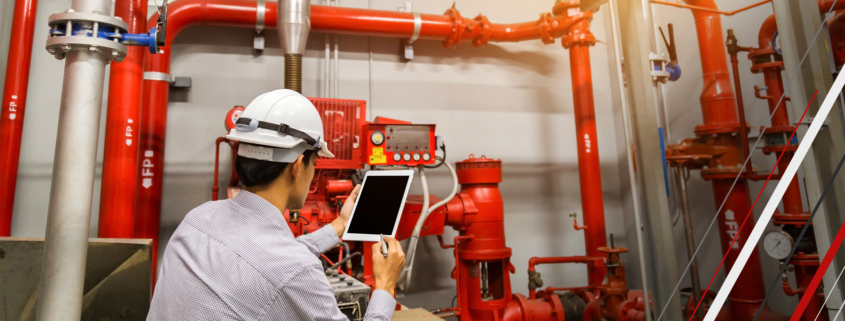The Future of Prefabrication in Construction
Prefabrication is transforming the construction industry by offering a faster, more efficient, and cost-effective way to build. As technology advances and the demand for sustainable building practices grows, prefabrication is poised to play an even more significant role in the future of construction. This post explores the potential and evolving trends in prefabrication.
Benefits of Prefabrication
Prefabrication involves manufacturing building components in a factory setting and assembling them on-site. Key benefits include:
- Speed: Prefabrication significantly reduces construction time since components are produced simultaneously with site preparation.
- Cost-efficiency: Controlled factory environments minimise waste and labor costs, leading to overall cost savings.
- Quality Control: Factory conditions allow for rigorous quality control, resulting in higher-quality components.
- Reduced Environmental Impact: Less waste, fewer on-site disruptions, and improved energy efficiency contribute to sustainability.
Types of Prefabricated Structures
Prefabrication can be applied to various types of structures, including:
- Modular Buildings: Entire sections or modules are built in the factory and assembled on-site. Used for residential, commercial, and industrial buildings.
- Panelised Systems: Walls, floors, and roof panels are prefabricated and then assembled on-site. Common in residential construction.
- Volumetric Construction: Complete 3D units, such as bathrooms or kitchen pods, are produced off-site and integrated into the building.
Innovations in Prefabrication
Advancements in technology are driving innovation in prefabrication, enhancing its efficiency and capabilities:
- 3D Printing: 3D printing is being used to create prefabricated components with complex geometries that would be difficult to produce using traditional methods.
- Robotics and Automation: Automated systems in factories increase precision and speed in manufacturing prefabricated components.
- Advanced Materials: Development of new materials, such as lightweight composites and sustainable alternatives, enhances the performance and sustainability of prefabricated structures.
- Building Information Modelling (BIM): BIM facilitates precise planning and coordination, ensuring that prefabricated components fit seamlessly during assembly.
Challenges and Solutions
While prefabrication offers numerous benefits, it also faces challenges that need to be addressed:
- Transportation and Logistics: Moving large prefabricated components to the site can be complex and costly. Solutions include optimising transportation methods and developing smaller, more manageable components.
- Customisation: Prefabrication is often perceived as limiting design flexibility. However, advancements in modular design and custom prefabricated solutions are expanding creative possibilities.
- Regulatory Hurdles: Different regions have varying building codes and regulations that can complicate prefabrication. Harmonising standards and advocating for prefabrication-friendly regulations can mitigate this issue.
Case Studies
Examining successful prefabricated projects provides insights into its potential:
- Residential Projects: Prefabricated homes are gaining popularity for their affordability, quality, and rapid construction times. Examples include modern modular homes and eco-friendly tiny houses.
- Commercial Buildings: Office buildings, hotels, and schools are increasingly using prefabrication to expedite construction and reduce costs.
- Healthcare Facilities: Prefabrication is ideal for healthcare facilities, where speed and precision are critical. Modular construction has been used for hospitals, clinics, and emergency response units.
Future Outlook
The future of prefabrication in construction looks promising, driven by several trends:
- Increased Adoption: As awareness of the benefits grows, more developers and builders are adopting prefabrication.
- Sustainability Focus: The push for sustainable building practices will further drive the adoption of prefabrication, as it aligns with green building goals.
- Technological Advancements: Continued innovation in materials, manufacturing processes, and digital tools will enhance the efficiency and capabilities of prefabrication.
- Global Expansion: Prefabrication is gaining traction worldwide, with significant growth expected in emerging markets where rapid urbanisation requires quick and cost-effective construction solutions.
Prefabrication is set to revolutionise the construction industry, offering faster, cheaper, and more sustainable building solutions. By leveraging advancements in technology and addressing current challenges, the future of prefabrication promises even greater efficiency and innovation. As the industry continues to evolve, prefabrication will play a crucial role in meeting the demands of modern construction, paving the way for a more efficient and sustainable built environment.
If you would like to discuss please contact us to arrange a consultation with one of our experts.











